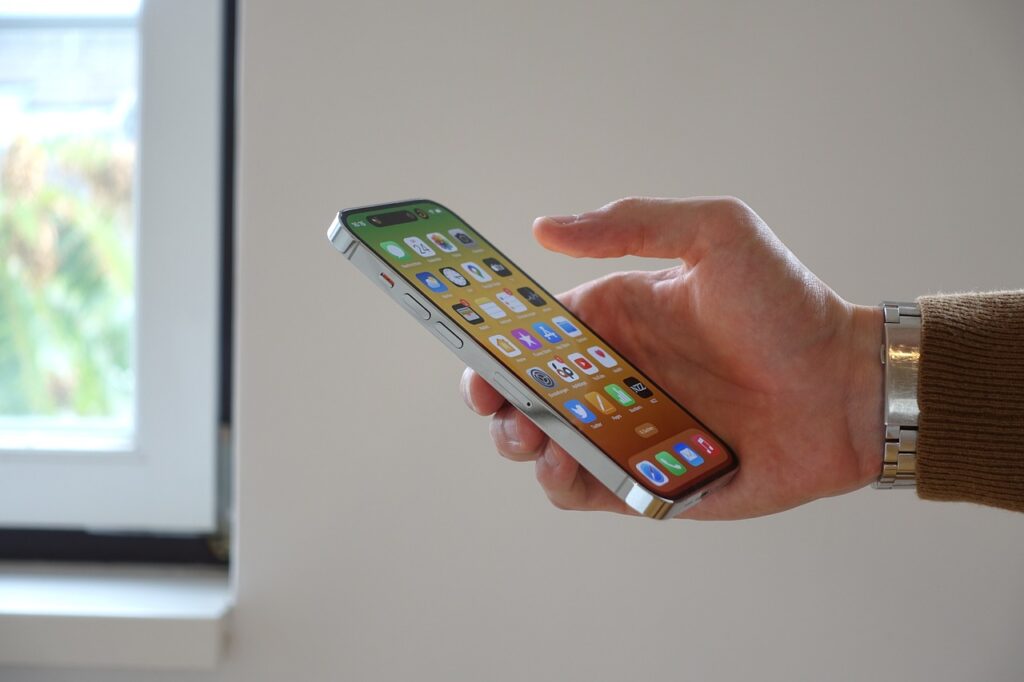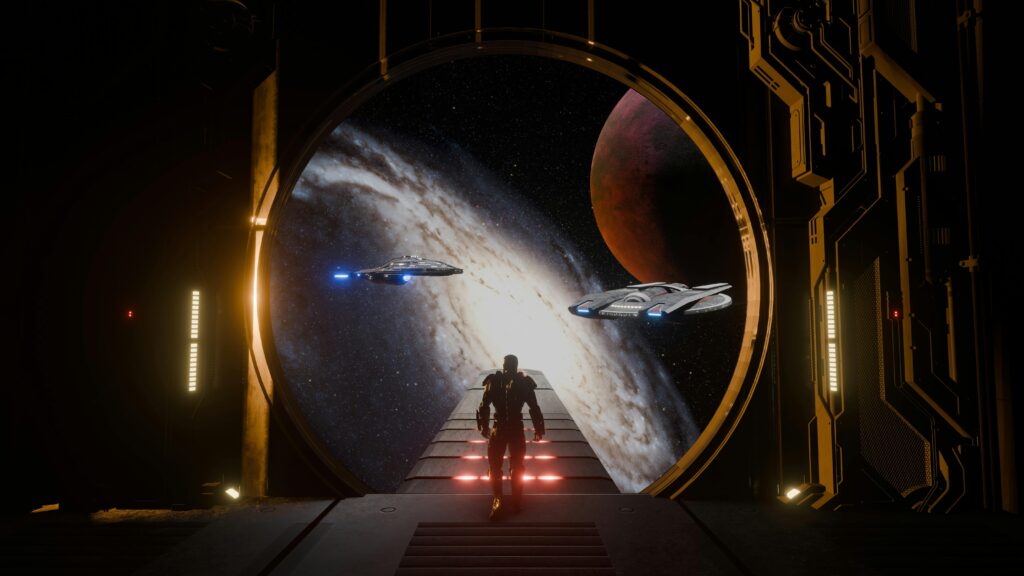At WWDC 2025, Apple introduced Liquid Glass—a sweeping UI overhaul rolling out across iOS 26, iPadOS 26, macOS Tahoe 26, watchOS 26, and tvOS 26. This design language embraces translucent, fluid animations and frosted elements with rounded corners, inspired by visionOS and aiming to create a unified, immersive ecosystem experience.
Apple’s Vision:
- Aims to mimic real glass’s refractive properties—interfaces change dynamically with background context and light/dark modes.
- Emphasizes spatial consistency—menus emerge within parent elements to maintain navigation context.
- Sets the stage for future AR device integration and Apple Intelligence by blending hardware-software interaction.
Global Backlash and Usability Concerns
Despite Apple’s rationale, Liquid Glass has sparked global criticism:
Readability woes:
Many beta users find translucency distracting and hard to read, especially in light mode or outdoors One X comment encapsulated sentiment:
“Can’t wait to not be able to read anything on my iPhone.”
Comparisons to Windows Vista:
Critics argue it echoes the unpopular Windows Aero UI from Windows Vista—complete with memes calling it “Vista 2.0“. One dramatic X user quipped:
“Steve Jobs would have cornered you … with a metal pipe.”
Designers divided:
- Some praise the polished animations and spatial orientation.
- Others—like those interviewed by Wired—warn transparency hampers legibility for the visually impaired and small teams struggle to adapt en.wikipedia.org.
Analysts unimpressed:
Wall Street voiced disappointment—calling the update “incremental,” lacking AI innovation, and potentially affecting iPhone upgrade momentum.
Competitors: Marching Ahead in Mobile Innovation
While Apple focuses on aesthetics, rivals are pushing boundaries in mobile technology:
- Google continues to lead in AI integration with Gemini models and advanced conversational features—outpacing Apple in visible AI utility.
- Samsung is innovating with Gorilla Glass Armor on its Galaxy S24 Ultra—offering new durability and scratch resistance.
- Huawei, Motorola, and other firms now employ nano-coatings (e.g., P2i Ion-mask) for real-world device protection.
- AR/VR: With Apple pushing visionOS UI into mainstream, Meta and Google still lead in functional AR wearables, though Apple’s cohesive design might be a strategic play toward their future glasses.
Apple’s Road Ahead: Vision and Strategy
Despite backlash, Apple appears focused on a cohesive ecosystem with long-term goals:
- Ecosystem alignment:
Liquid Glass aims to unify interaction across device categories, preparing users for deeper integration with AR and AI. - Privacy-first AI:
Apple opts for incremental feature rollouts (e.g. call screening, live translation) under the Apple Intelligence banner—keeping tight control over data. - Developer support & iteration:
Updated SwiftUI and UIKit APIs empower devs to adopt the new look—but small teams may struggle. Apple plans fine-tuning during beta before full release. - Performance vs Aesthetics:
Heavy visual effects raise concerns about CPU/battery drain. Apple may optimize in iOS 26.1 and beyond.
Liquid Glass: Bold Leap or Misstep?
Pros:
- Unified aesthetic across devices, improved spatial navigation, and polished animation.
Cons:
- Readability and accessibility issues, perceived as retro design copy, and minimal functional innovation beyond visuals.
This is likely the first step in a broader AR/AI strategy, showcasing visual fluency ahead of potentially groundbreaking new hardware.
Liquid Glass is Apple’s boldest UI overhaul in years—but its reception ranges from tasteful enthusiasm to exasperated critique. As the public beta rolls out this summer, usability refinements and bug fixes could tip the balance. Meanwhile, competitors continue pushing forward with AI, hardware durability, and augmented reality.
Apple’s path seems clear: build a polished aesthetic foundation for future technologies, even if that means weathering short-term criticism. Whether this vision pays off may depend on upcoming updates and how swiftly Apple can marry style with substance.



